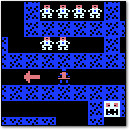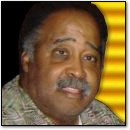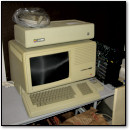Welcome to the Family, Whiz-Kid
Thursday, March 20th, 2008Yesterday afternoon, I made a trip to some local thrift stores that I hadn’t visited in eight years. I left with a 24-game N64 cartridge drawer, some books, an unopened copy of Bill Gates’ The Road Ahead on audio cassette, some neat board games, and the two devices you see above. It’s more junk, but it’s good junk.
The VTech Talking Whiz-Kid (1987, right) came with the box, manual, and cards. This educational toy reads paper “program cards” as you insert them into an optical reader slot. The cards don’t contain any software, but instead bear a simple bar code that tells the Whiz-Kid which built-in program to start. Highlights include Hangman, word scramble, and an extremely limited calculator.
I remember seeing the VTL Computron (1980, left) in J.C. Penney catalogs as a kid. It works too, although it’s missing the battery door. The LED-based Computron plays matching games based on which letter you select. Most of the games obviously went along with a printed guidebook that I don’t have.
Neither device does BASIC like the VTech Pre-Computer 1000, but they’re both highly collectible microprocessor-powered toys. Total cost for both? $10 (US).
Anybody else have one of these? Feel free to share your memories with us.
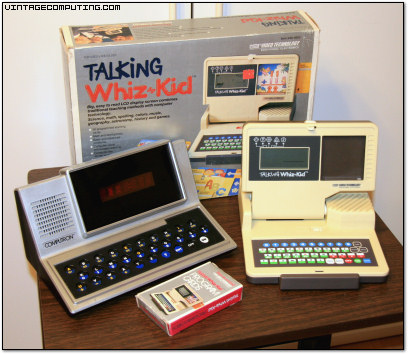
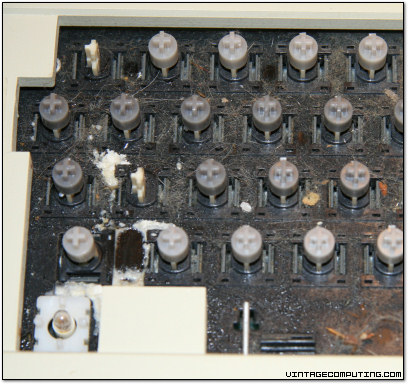
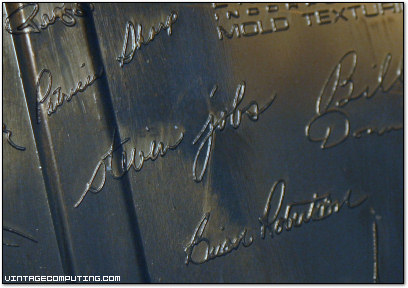
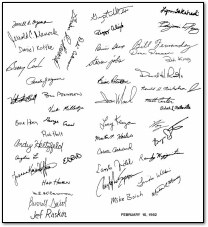
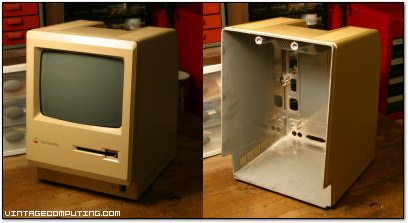
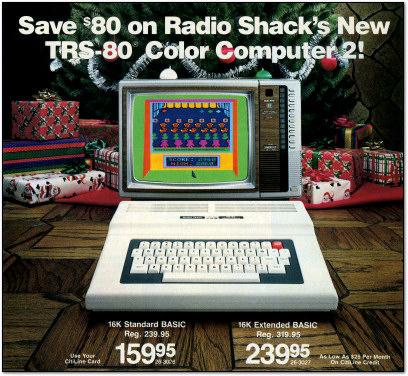
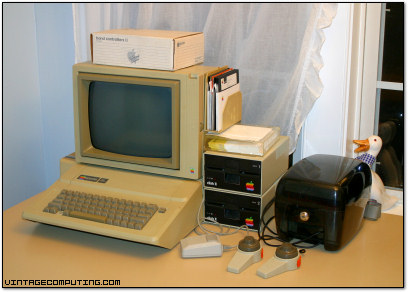
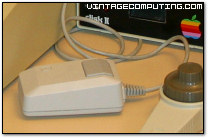 Much to the mixed delight/chagrin of my wife, I doodled on Deluxe Paint with the mouse and tried various games on disk every day for about three weeks while eating breakfast. Alas, after about a month in the culinary limelight, the Kitchen IIe’s novelty has finally begun to wear thin. It will soon move on to another table, but I plan to keep this “school system” together with all its original parts so it will remain a functional example of 1980s educational computing.
Much to the mixed delight/chagrin of my wife, I doodled on Deluxe Paint with the mouse and tried various games on disk every day for about three weeks while eating breakfast. Alas, after about a month in the culinary limelight, the Kitchen IIe’s novelty has finally begun to wear thin. It will soon move on to another table, but I plan to keep this “school system” together with all its original parts so it will remain a functional example of 1980s educational computing.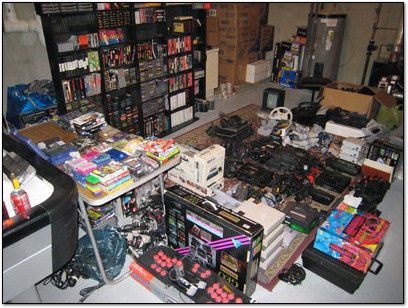
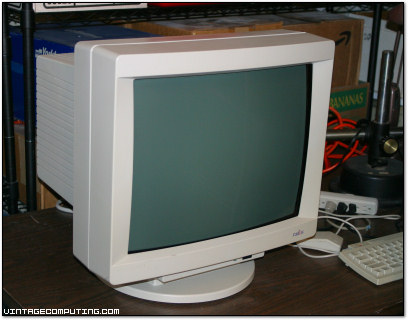
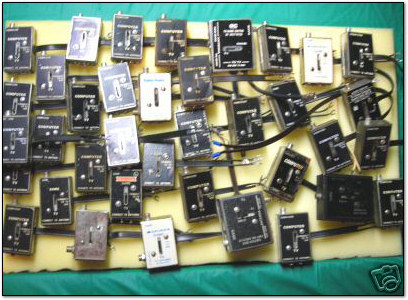
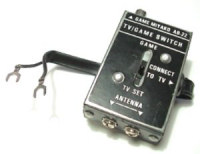
 Even among collectors, manual TV/GAME switches are mostly useless these days because most of us try to make at least composite (or better) video connections to our TVs, either via special cables or modifications to the systems themselves. Still, if you want to play classic machines like the Atari VCS without video hacks, you’ll probably need to use one.
Even among collectors, manual TV/GAME switches are mostly useless these days because most of us try to make at least composite (or better) video connections to our TVs, either via special cables or modifications to the systems themselves. Still, if you want to play classic machines like the Atari VCS without video hacks, you’ll probably need to use one.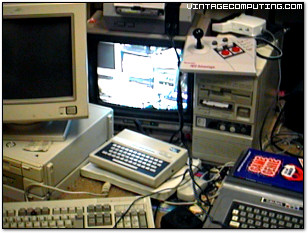
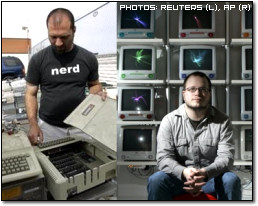 The two most popular news agencies have published no less than two articles in the last two days about vintage computers. Are the planets in alignment, or does there now exist a vast conspiracy (the conspiracy of “twos” perhaps?) to cover vintage computers in the national media? Either way, it’s been a great week for our hobby.
The two most popular news agencies have published no less than two articles in the last two days about vintage computers. Are the planets in alignment, or does there now exist a vast conspiracy (the conspiracy of “twos” perhaps?) to cover vintage computers in the national media? Either way, it’s been a great week for our hobby.

